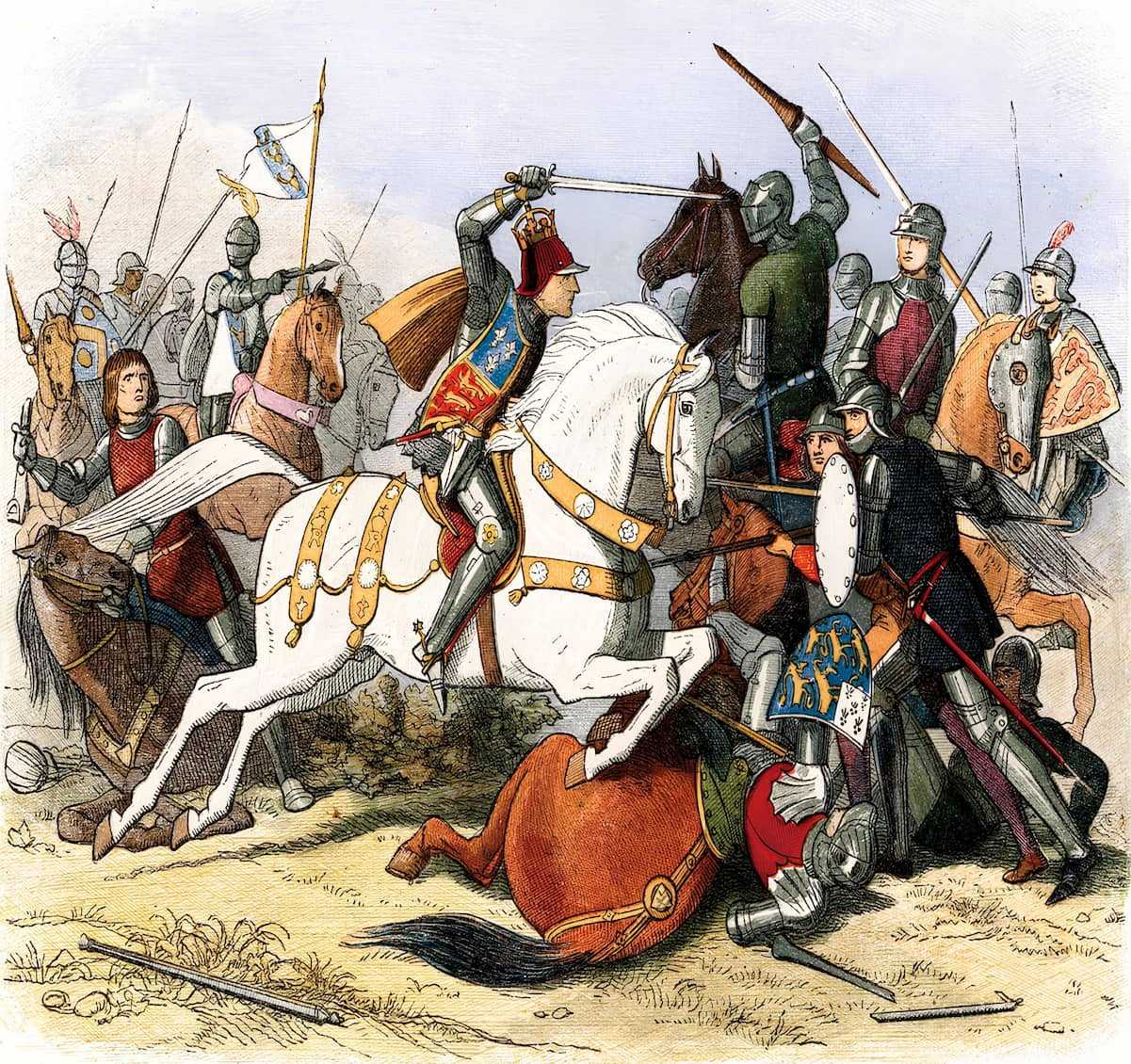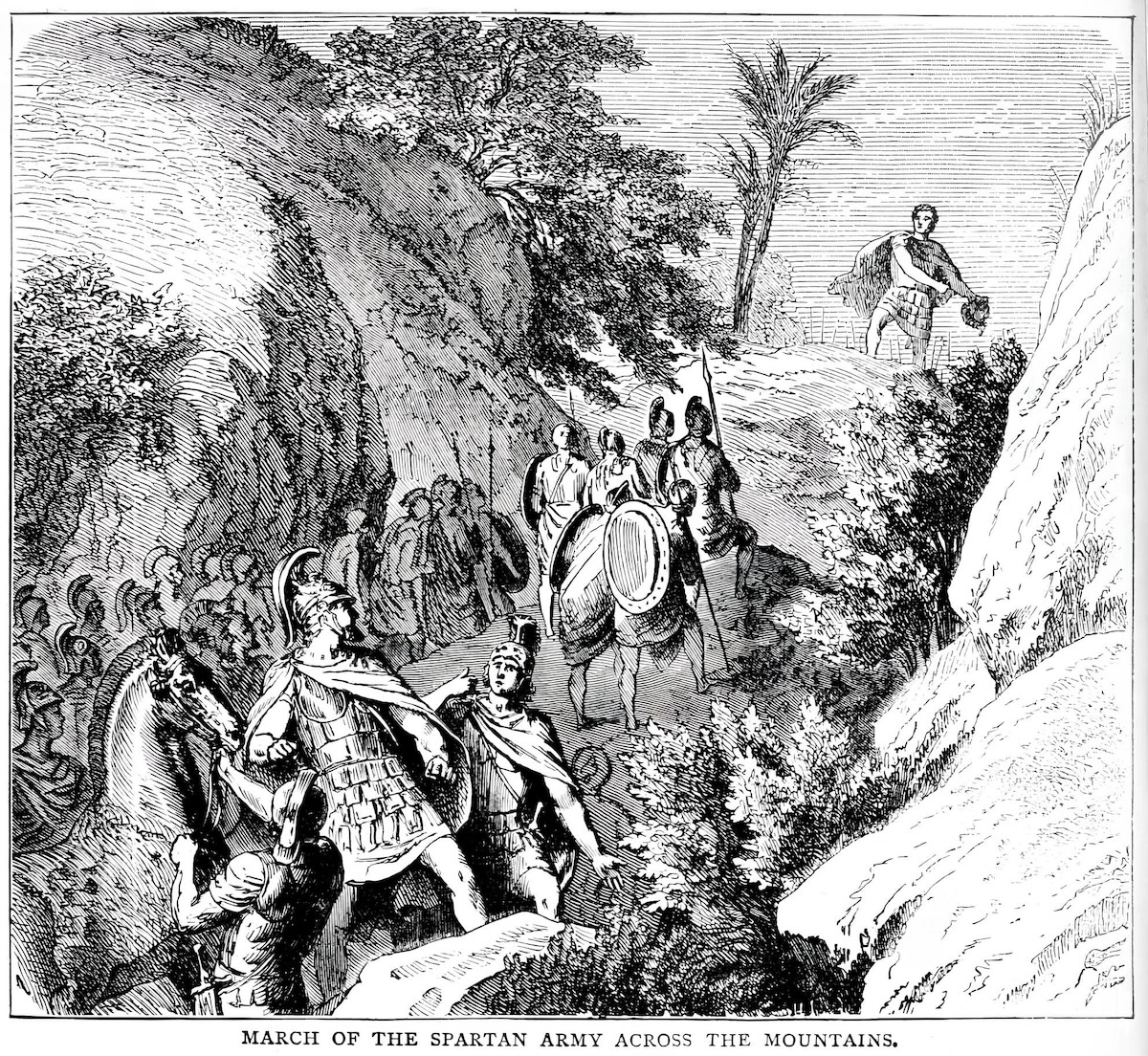The Wars of the Roses is an English civil war that unfolded over thirty years, from 1455 to 1485. Two cousin royal houses, the House of York and the House of Lancaster, engaged in a fratricidal power struggle to claim the English crown and rule the country.
The conflict commenced in 1455 during the reign of King Henry VI, who was captured at St. Albans on May 22 by his cousin, Richard of York. It concluded in 1485 with the coronation of Henry VII, who was affiliated with the Lancastrians. This marked the advent of a new dynasty: the Tudors, reigning over a finally pacified England.
In many respects, the Wars of the Roses allowed England and its populace to lay the groundwork for a more pacifistic future, although the Tudor dynasty and later the Stuart dynasty would also bring about conflicts. Through this fratricidal war between two houses, both stemming from the same lineage, all of England, not just its nobility, renewed its allegiance to a legitimate and unifying king, a federative and protective ruler.
—>The Wars of the Roses were named after the heraldic symbols of the two main houses involved: the red rose for the House of Lancaster and the white rose for the House of York.
What Caused the Wars of the Roses?
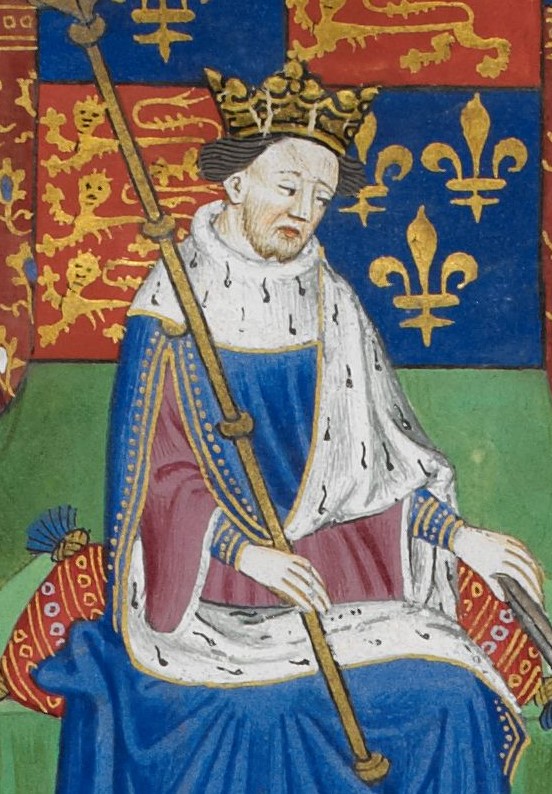
The Wars of the Roses found its foundation in the aftermath of the Hundred Years’ War in England. The English resent being expelled from Aquitaine and losing most of their continental territories (except Calais). The Hundred Years’ War concluded in 1453, leaving a lingering bitterness among the English.
Additionally, the reigning monarch of England at that time, Henry VI of the House of Lancaster, displayed clear signs of madness, prompting his cousin, Richard of York, to assume regency when the king was incapable of ruling.
Queen Margaret of Anjou views this delegation of power unfavorably and seeks to sideline Richard of York. Her ambition is to gain more power and ultimately secure the throne for her young son as the future king of England. A simmering civil war unfolds between the houses of York and Lancaster, setting the stage for a tumultuous succession to the English crown.
—>Key battles included the Battle of Towton (1461), Battle of Bosworth (1485), Battle of Barnet (1471), and Battle of Tewkesbury (1471), among others.
How Did the Wars of the Roses Unfold?


This war, primarily involving the nobility, resulted in relatively few civilian casualties. Initially, King Henry VI of the Lancastrian royal house and his wife, Queen Margaret of Anjou, faced opposition from Richard of York, who allied with Richard Neville, Earl of Warwick (known as the Kingmaker). Both Henry and Richard were descendants of King Edward III.
However, on May 22, 1455, the York faction trapped the king, leading to his capture at St Albans. Eventually, Queen Margaret came to her husband’s rescue, securing his release in 1460. During the Battle of Wakefield, Richard of York lost his life.
The second phase of the civil war witnessed the conflict between Edward, son of Richard of York, and King Henry VI. On March 29, 1461, at the Battle of Towton, Henry VI was defeated. He sought refuge in Scotland, allowing Edward of York to be crowned as Edward IV. In 1465, the former king was discovered and imprisoned again in London. Although the House of York seemed victorious, Edward IV was compelled to govern under the guardianship of the Earl of Warwick. The two fell out, leading to a resolution on the battlefield.
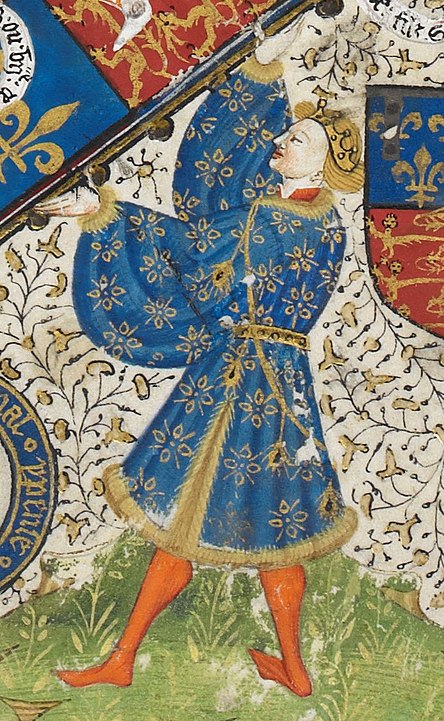
Warwick, defeated, fled to France, where, through the efforts of Louis XI, he reconciled with the former Queen Margaret of Anjou with the aim of overthrowing Edward IV. They succeeded on October 3, 1470, and Henry VI briefly reclaimed his throne. In April 1471, Edward IV made a triumphant return to London, killing the Earl of Warwick in battle, along with the only son of Henry VI. The latter also perished in prison shortly thereafter, and the House of Lancaster was nearly extinguished.
Edward IV appeared to be the ultimate victor in this war but died prematurely at the age of 41. When his young son ascended the throne as Edward V, he was under the guardianship of his uncle Richard (brother of Edward IV). Richard did not hesitate to have his nephews assassinated to seize the throne, becoming Richard III.
His confrontation with Henry Tudor at the Battle of Bosworth definitively concluded this civil war. Henry VII became the first king of the Tudor dynasty and the unifier of the Houses of York and Lancaster, notably through his marriage to Elizabeth of York, daughter of Edward IV. The fratricidal conflict between the two royal houses marked the end of the Plantagenet dynasty.
Who Were the Two Families in the Wars of the Roses?
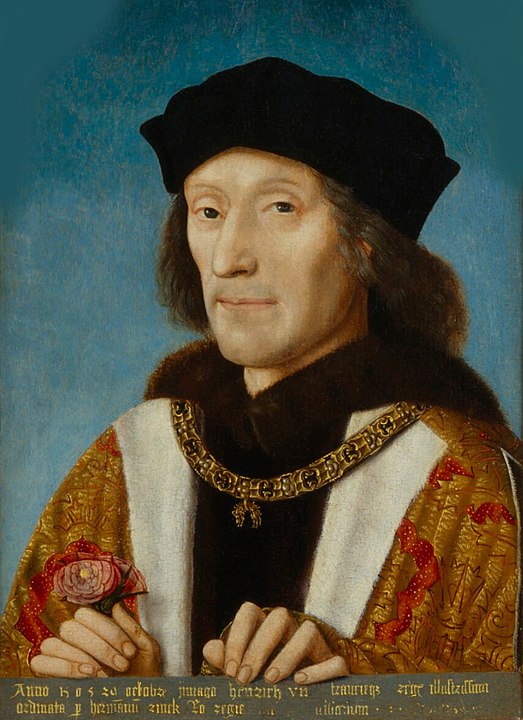
The two families of the Wars of the Roses originate from the same royal lineage, the Plantagenets, which produced numerous kings, dukes, and counts across Europe. The “Two Roses” are simply the emblems of the two families: the white rose for the House of York and the red rose for the House of Lancaster. Henry Tudor is connected to Lancaster through his mother, Margaret Beaufort, a descendant of John of Gaunt and therefore of Edward III Plantagenet. Here are the kings who succeeded each other during the Wars of the Roses:
- Henry VI of Lancaster (1421–1471) was the King of England from 1422 to 1461.
- Edward IV of York (1442–1483) was the King of England from 1461 to 1470.
- Henry VI of Lancaster (1421–1471) reclaimed the throne and was again King of England from 1470 to 1471.
- Edward IV of York (1442–1483) reclaimed the throne and was again King of England from 1471 to 1483.
- Edward V of York (1470–1483) was the King of England for two months in 1483.
- Richard III of York (1452-185) was the King of England from 1483 to 1485.
- Henry VII Tudor (1457–1509), affiliated with the Lancasters, was the King of England from 1485 to 1509.
Who Won the Wars of the Roses?
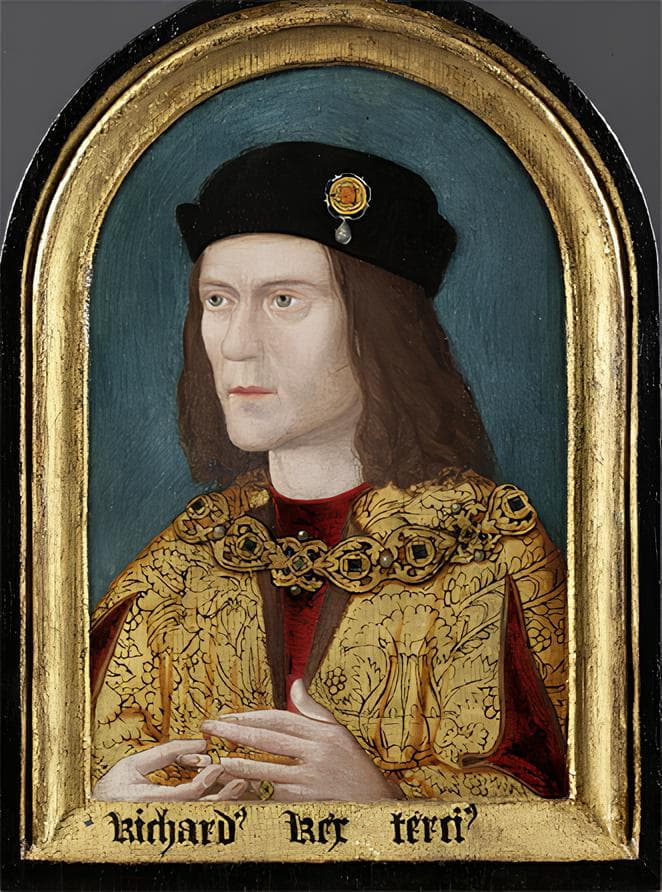
At the conclusion of intermittent clashes throughout the 15th century between the House of York and the House of Lancaster, it would ultimately be the Lancastrian dynasty that would bring an end to the Wars of the Roses. Following a decisive battle on August 22, 1485, Richard III, who had compelled Parliament to proclaim him the King of England, was defeated by Henry VII at the Battle of Bosworth.
Richard, an unpopular sovereign who faced discontent and disapproval from the people during his reign, met his demise in this battle.
Henry VII ascended to the throne of England, assuming the name Henry VII Tudor. By marrying Elizabeth of York, a daughter of Edward IV from the House of York, Henry VII resolved the civil war between the two royal dynasties, thereby reconciling the two lineages. The Tudor dynasty would rule over England until 1603. The outcome was nearly unexpected but providential after thirty years of conflict.
While the House of York initially gained the upper hand in this war with the coronation of Edward IV, it was ultimately the House of Lancaster that brought an end to the conflict.
What Were the Consequences of the Wars of the Roses?

The primary consequence of the Wars of the Roses, which concluded in 1485, was the end of the Plantagenet dynasty that had ruled since the mid-12th century. It was succeeded by the Tudor dynasty, with its inaugural figure, Henry VII, bringing peace to the kingdom but also steering power towards a widely criticized absolutism.
The Tudor dynasty ruled over England until 1603. Its last representative, Elizabeth I, died without an heir, resulting in the decline of the Tudor family. James Stuart, the King of Scotland, then ascended to the English throne, foreshadowing the ascent of the Stuart dynasty.
From a broader perspective, the end of the Wars of the Roses also signifies the conclusion of the Middle Ages in England and the dawn of the Renaissance. Originating in Italy in the late 14th century, this movement spread across Europe but took its time to establish itself in England. The ideas of the Renaissance truly found traction and fruition only many years later, during the reign of Elizabeth I (1558–1603).
Ironically, the rose, once a symbol of war and violence during the Wars of the Roses, is eventually reclaimed positively as the symbol of England. The Tudor Rose remains the traditional emblem of England, symbolizing the transition to an era of peace and modernity after decades of conflict.
What Books and Films Are Available on the Wars of the Roses?
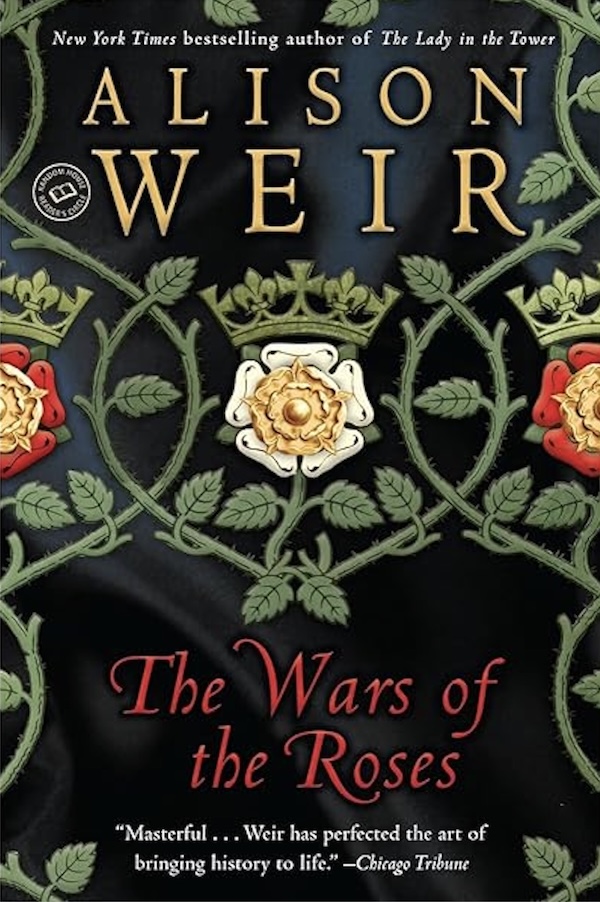
Books:
- “The Wars of the Roses” by Alison Weir – A comprehensive and well-researched overview of the entire conflict, providing insight into the key players and events.
- “The White Queen” by Philippa Gregory – This novel, part of Gregory’s Cousins’ War series, focuses on the perspective of Elizabeth Woodville during the Wars of the Roses.
- “The Sunne in Splendour” by Sharon Kay Penman – A historical novel that follows the life of Richard III, providing a detailed and sympathetic portrayal of the controversial king.
- “The Wars of the Roses: The Fall of the Plantagenets and the Rise of the Tudors” by Dan Jones – Jones offers a compelling narrative of the Wars of the Roses, exploring the political and social factors that led to the conflict.
—>In a more contemporary context, the American series Game of Thrones (2011-2019) incorporates certain events from the Wars of the Roses into a dark and fantastical universe.
Films/TV Series:
- “The White Queen” (TV Series) – Based on Philippa Gregory’s novels, this series dramatizes the events of the Wars of the Roses from the perspective of the women involved.
- “Richard III” (1995) – A film adaptation of William Shakespeare’s play, starring Ian McKellen as Richard III. While a fictionalized account, it captures the essence of the era.
- “The Hollow Crown” (TV Series) – This BBC series adapts Shakespeare’s history plays, including those covering the Wars of the Roses. Benedict Cumberbatch plays Richard III.
- “A Man for All Seasons” (1966) – While not directly about the Wars of the Roses, this film provides context for the Tudor period, depicting the events surrounding Sir Thomas More and King Henry VIII.
Key Dates: Wars of the Roses
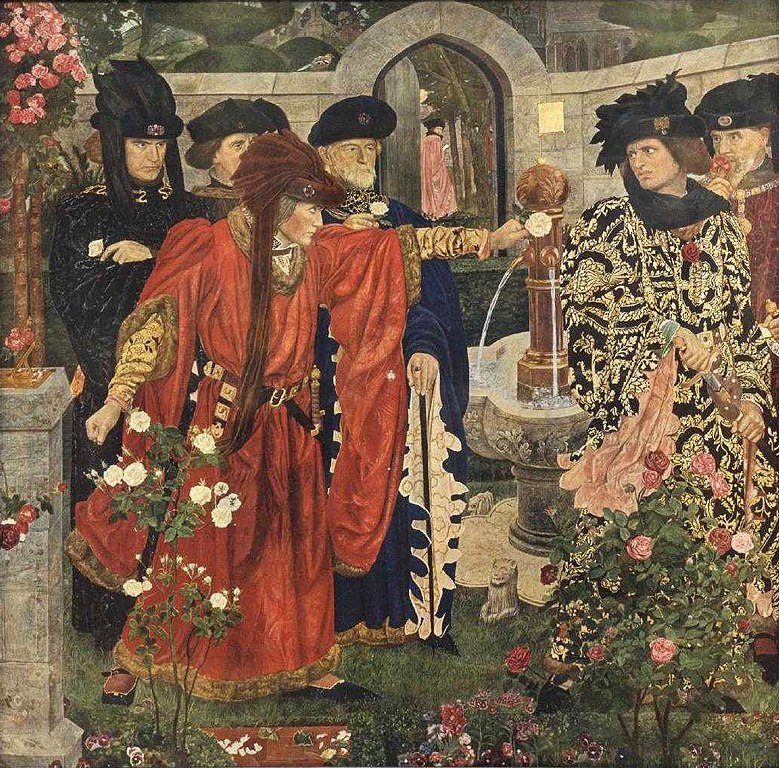
December 6, 1421: Birth of Henry VI of England
From the union of Henry V and Catherine of Valois, Henry VI (assassinated in London in 1471), the future king of England, was born at Windsor Castle. He quickly ascended to the throne, starting in 1422 after the death of his father, a reign initially under the guardianship of his uncles, Humphrey, Duke of Gloucester, and John of Lancaster, Duke of Bedford (for France, until his coronation in 1431). Following the Wars of the Roses, Edward IV deposed him in 1461.
October 16, 1430: Birth of James II of Scotland
James II of Scotland was born at Holyrood from the union of James I and Joan Beaufort, daughter of the Earl of Somerset. Succeeding his father at the age of seven on February 21, 1437, he struggled to subdue the Scottish nobility, which took advantage of the regency period to emancipate itself from the crown. Exploiting the Wars of the Roses (1455-87) to break free from English influence, he died on August 3, 1460, during the siege of Roxburgh.
April 28, 1442: Birth of Edward IV, King of England
Edward IV, the future King of England (1461–1470 and 1470–1483), was born in Rouen. Son of Richard of York and head of the House of York, he fought in the fratricidal Wars of the Roses against Henry VI of Lancaster, whom he succeeded in deposing in 1461. He allied with Charles the Bold, the powerful Duke of Burgundy, against Louis XI, but the latter convinced him to withdraw (Peace of Picquigny, 1475). Upon his sudden death at Westminster on April 9, 1483, his son, Edward V, succeeded him.
October 2, 1452: Birth of the Future King of England, Richard III
Richard III, the future king of England, was born on October 2, 1452. Brother of King Edward IV, Richard III of England reigned over the British kingdom from 1483 to 1485, when he lost his life in the Battle of Bosworth, putting an end to the Wars of the Roses. The writer William Shakespeare later dedicated a play to him.
May 22, 1455: The Wars of the Roses
Duke Richard of York defeated the army of King Henry VI at St Albans, northwest of London. This first battle marks the beginning of the Wars of the Roses, a civil war between the House of Lancaster, symbolized by the red rose, and the House of York, which bears a white rose, for the possession of the English crown. This civil war decimated the English aristocracy and weakened the kingdom. In 1485, King Henry VII succeeded in reconciling the two Roses.
September 23, 1459: Battle of Blore Heath
The Battle of Blore Heath, the first significant confrontation in the Wars of the Roses, took place on September 23, 1459, in England. The battle pits the Houses of Lancaster and York against each other, with the latter winning the victory after a fight that claimed about 3,000 lives, even though their troops were initially half the size of the Lancastrian forces. The Wars of the Roses between the two Houses continued until 1487.
October 12, 1459: Battle of Ludford Bridge
On October 12, 1459, the Battle of Ludford Bridge took place in England. This battle is an episode of the Wars of the Roses between the House of Lancaster and the House of York, a conflict that began in 1455 and lasted until 1487. The Battle of Ludford Bridge saw the victory of the House of Lancaster. However, the House of York would soon take revenge during the Battle of Northampton.
July 10, 1460: Battle of Northampton
On July 10, 1460, the Battle of Northampton took place in England. After the defeat at the Battle of Ludford Bridge, the House of York sought to regain the upper hand over the House of Lancaster. Both were engaged in a conflict known as the Wars of the Roses, which lasted for more than thirty years. The Battle of Northampton, involving nearly 50,000 men, saw the House of York emerge victorious.
December 30, 1460: Battle of Wakefield
On November 30, 1460, the Battle of Wakefield stirred England. In the midst of the Wars of the Roses, which pitted the House of Lancaster against the House of York, the Battle of Wakefield was marked by the death of the Duke of York, Richard of York. The victory in this battle went to the House of Lancaster but did not end the war, as Edward of York was proclaimed king and continued the fighting.
February 17, 1461: Second Battle of St Albans
On February 17, 1461, the Second Battle of St Albans took place in England. Part of the Wars of the Roses between the House of Lancaster and the House of York, the Second Battle of St Albans saw the victory of the troops led by Henry Beaufort of the House of Lancaster. This victory allowed the House of Lancaster to free its king, Henry VI, who had been held by the Yorkists.
June 28, 1461: Coronation of Edward IV of England
On June 28, 1461, Edward IV was proclaimed king of England. The son of Richard of York and Cecily Neville, he became the first king of England, belonging to the House of York. The beginning of his reign was marked by the Wars of the Roses, which pitted his own dynasty against the House of Lancaster in numerous battles over many years. He died suddenly on April 9, 1483.
August 22, 1485: End of the Wars of the Roses
At the Battle of Bosworth, Richard III (of the House of York) is killed, and the victor, Henry Tudor (of the House of Lancaster), is crowned King of England as Henry VII. This battle marks the end of the Wars of the Roses (1455-85). Henry VII married Elizabeth IV of York, niece of Richard III, thus uniting the two Roses and founding the Tudor dynasty, which ruled England until 1603.


